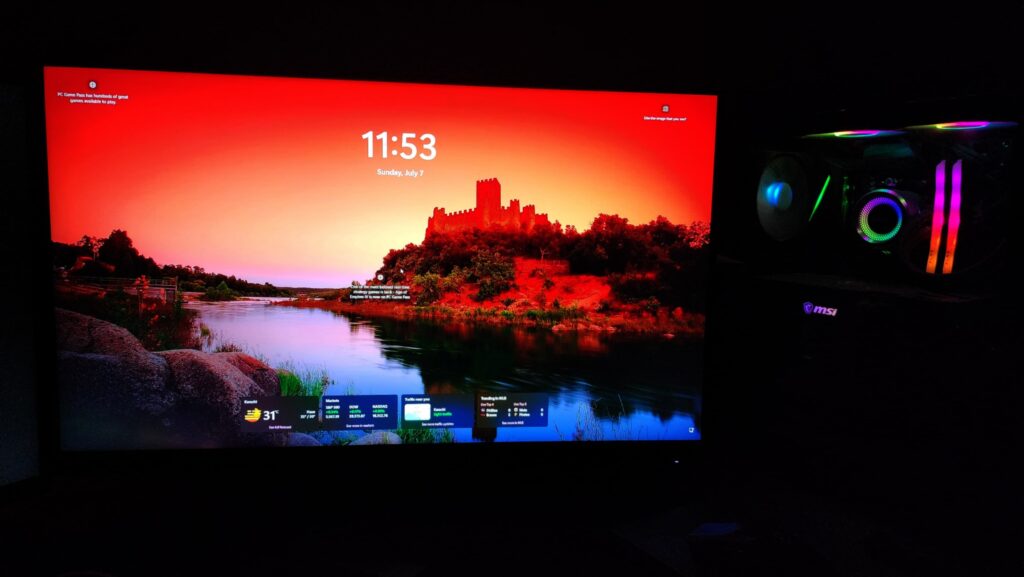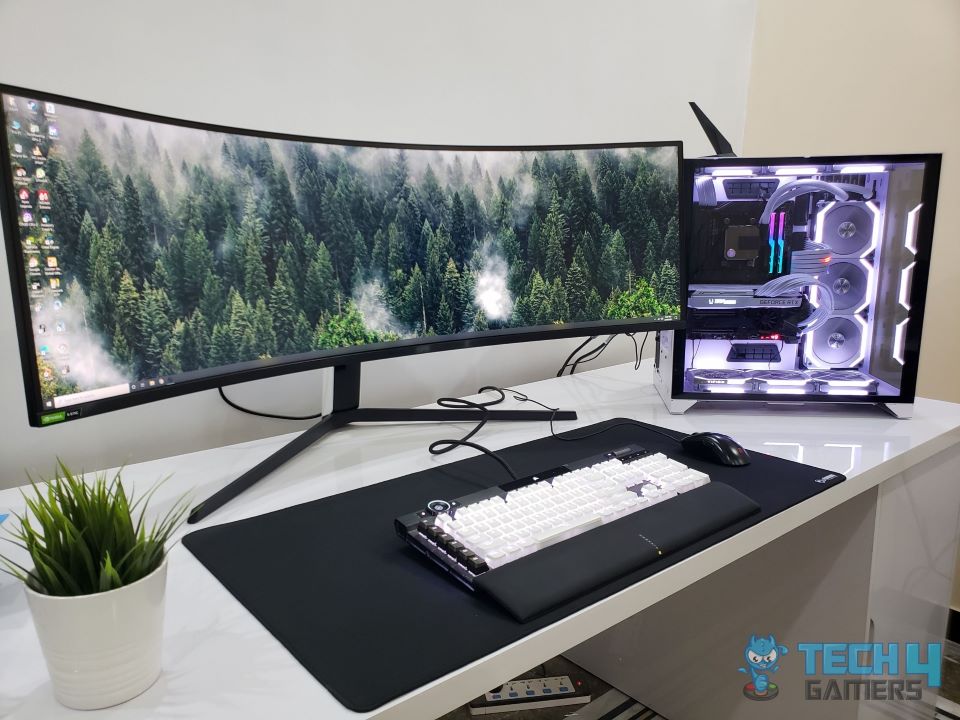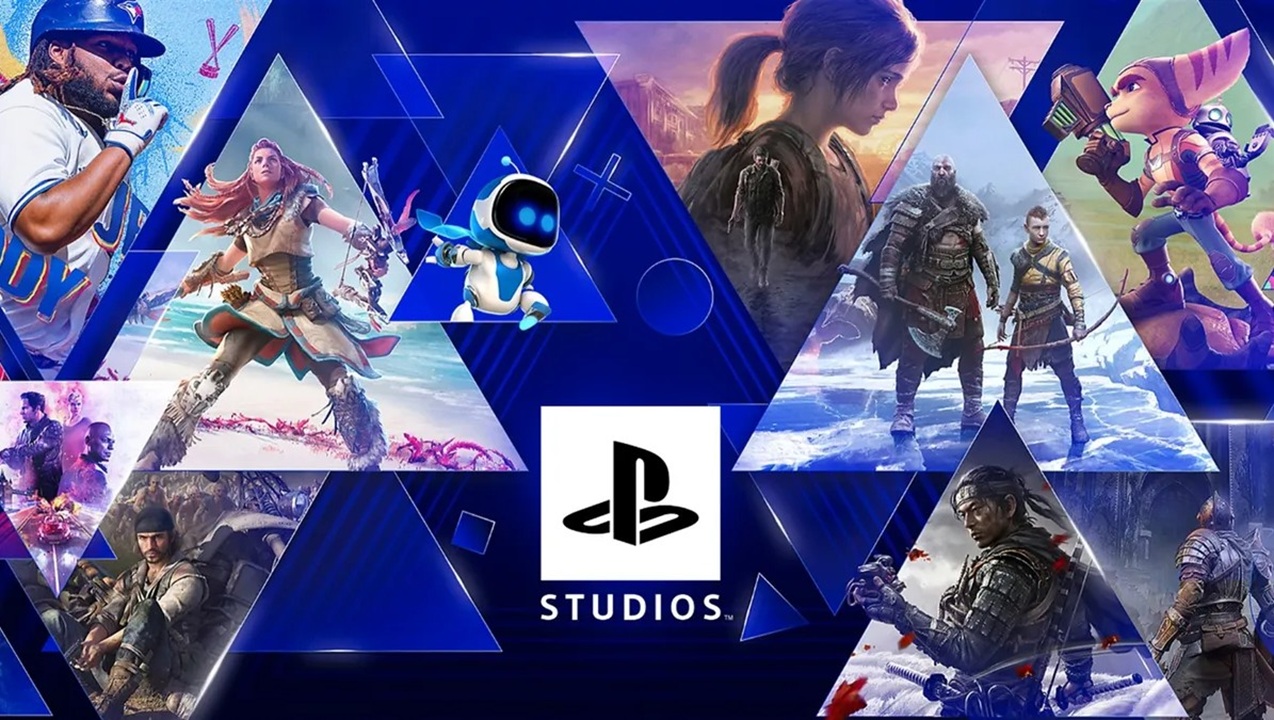- Resolution is one of the most important things to consider alongside the refresh rate.
- The type of panel your monitor possesses also contributes to enhancing or ruining your gaming experience.
- Besides Refresh-Rate, other features like Adaptive Sync, HDR, decent connectivity ports, and color accuracy are equally significant.
Monitors aren’t as complicated as they seem, but you have to remember a few critical factors while considering one for yourself. Sure, high refresh rate monitors are quite popular and in high demand.
However, this isn’t the only thing you should be looking for in a gaming monitor. Otherwise, the experience won’t be as enjoyable as it should have been if you had not overlooked the other factors.
There’s Quite A Lot To It
In addition to the refresh rate, what other features should not be overlooked? Well, that’s a decent question, and a number of things are included.
Monitor’s Native Resolution
People typically pick 1080p monitors and often 1440p as well while looking for a high refresh rate monitor. However, the choice also relies on the kind of hardware your PC has that can support those resolutions and refresh rates or not.

If your PC is capable of running games at a high refresh rate as well as resolution, then better pick yourself a monitor with at least 1440p resolution instead of 1080p or 2160p.
How Quickly It Responds
Having a high refresh rate monitor, but not lower response time kind of makes it useless, especially if you’re into multiplayer gaming.
The response time for monitors is measured in milliseconds, so it’s a must to consider a monitor with at least 1 ms response time. Moreover, it also helps with mitigating ghosting and motion blur effects.
What Kind of Panel It Has
Besides those two, the panel type matters quite a lot, as it’s the piece of glass you’re going to look at all the time. Gaming monitors come in four types of panels: TN (Twisted Nematic), IPS (In-Plane Switching), VA (Vertical Alignment), and OLED (Organic Light-emitting Diode). OLED panels are the most expensive ones and provide stunning visuals and deep blacks.
Whereas, the other three also have their perks, like the TN is preferred if you’re in need of the quickest response time and can ignore the bad-looking viewing angles and color accuracy.
The IPS panel does the exact opposite of the TN panel in terms of offering. The VA panel sits between both and provides balanced color accuracy as well as response time.
Its Size & Aspect Ratio
The size and aspect ratio are yet another crucial factor that matters, along with the refresh rate, and contribute to the immersion side of things. The bigger and wider the monitor, the more immersed you’re going to feel in the game.

Rest of The Essential Features
There’s still more to it, that you have to look for while investing in a high refresh rate monitor. A decent monitor must have these features, such as an HDR mode. This High Dynamic Range mode enables the monitor to achieve superior brightness levels and contrast ratios to output a visually compelling image to the user.
Moreover, the Adaptive Sync Technology is a must-have for a high refresh rate monitor. Be it G-Sync from Nvidia or FreeSync from AMD, both eliminate the annoying screen tearing and stuttering mess that sometimes the game causes by syncing the graphics card’s frames with the monitor’s refresh rate.
Other than these internal features, a gaming monitor also has to offer a fair range of connectivity ports like a Display Port, mini Display Port, HDMI 2.0, and USB Type A/C. All these ports can allow the monitor to be more useful for different kinds of computer and console gaming setups.
Lastly, a wider color gamut, as well as accuracy, are equally important to truly experience the visually stunning games.
Can’t Ignore These No Matter What
There’s no doubt that refresh rate is one of the major factors of a gaming monitor. However, the rest of these things also impact the experience and decide whether the monitor is a good one or not for the price it is being sold at. I would personally choose the most balanced monitor, so I can have stunning visuals as well as instant response times during online matches.
Thank you! Please share your positive feedback. 🔋
How could we improve this post? Please Help us. 😔
[Hardware Reviewer]
Awais Khan is a Tech Geek, conscientious, reliable, and hardworking individual who pays attention to detail with excellent time management skills. Alongside that, he is an expert in PC Hardware; dealing with Benchmarks, Analysis, and testing before sharing information with readers. Whenever free, Awais occasionally shares Gaming Videos on his YouTube Channel.
Get In Touch: awais@tech4gamers.com


 Threads
Threads

